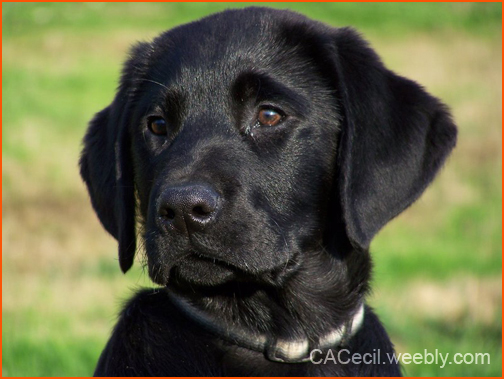Puppy Classes (Dunbar)
This post is part of the series in response to Dunbar’s 2012 Australian seminars. See index.
Dunbar-style puppy classes aim to teach puppies bite inhibition, allow one (of many) venues for human socialisation, and teach owners to control their dog off leash. They should be conducted offleash, inside on hard (sanitisable) floors, and with big and little dogs in the one class.
Bite inhibition
By puppies playing with one another, they are learning rules for dog-dog interactions and also the appropriate force of bite while playing.
Socialisation
Puppy classes only form part of the socialisation picture. While socialisation happens in puppy classes, it is too little too late. There is a lot of work the owner needs to do before puppy class, and puppy class won’t make up for undersocialisation.
Control Offleash
Often the lead can become a ‘crutch’ for dog owners, and they cannot get the behaviours they want without this level of control. By training off leash from the outset, the puppy and owner learns to work with distractions and use them to their advantage. Our control needs to be independent of a collar and lead.
Dunbar is often credited as the father of puppy classes, but he has become concerned about how puppy classes are currently run. Particularly, most puppy classes are on lead, and most puppy classes use too much food and never phase the lure. To Dunbar, 10 minutes of offleash play is simply not good enough for a puppy class. Puppies need to learn to remove themselves from play, and humans need to learn how to engage in dog play and make dog-dog play a valuable reinforcer.
Of course, we use food to train puppies, but the food should be faded immediately. Furthermore, off leash behaviour will allow an experience trainer to note puppies with problems and start to address them sooner-rather-than-later.
Dunbar stressed that puppy classes are only part of the socialisation picture. The next post will talk about what puppy buyers should be doing immediately on bringing a puppy home.






